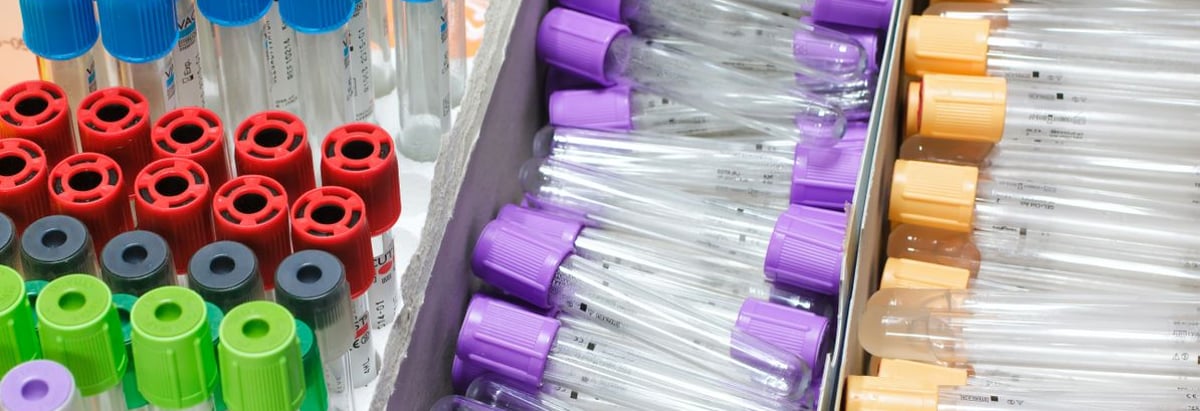- Japan
- /
- Medical Equipment
- /
- TSE:8086
These 4 Measures Indicate That Nipro (TSE:8086) Is Using Debt In A Risky Way

Howard Marks put it nicely when he said that, rather than worrying about share price volatility, 'The possibility of permanent loss is the risk I worry about... and every practical investor I know worries about.' So it seems the smart money knows that debt - which is usually involved in bankruptcies - is a very important factor, when you assess how risky a company is. As with many other companies Nipro Corporation (TSE:8086) makes use of debt. But the more important question is: how much risk is that debt creating?
What Risk Does Debt Bring?
Debt assists a business until the business has trouble paying it off, either with new capital or with free cash flow. Ultimately, if the company can't fulfill its legal obligations to repay debt, shareholders could walk away with nothing. While that is not too common, we often do see indebted companies permanently diluting shareholders because lenders force them to raise capital at a distressed price. Of course, plenty of companies use debt to fund growth, without any negative consequences. When we think about a company's use of debt, we first look at cash and debt together.
Check out our latest analysis for Nipro
What Is Nipro's Net Debt?
You can click the graphic below for the historical numbers, but it shows that as of June 2024 Nipro had JP¥620.9b of debt, an increase on JP¥575.0b, over one year. On the flip side, it has JP¥83.6b in cash leading to net debt of about JP¥537.3b.

How Strong Is Nipro's Balance Sheet?
The latest balance sheet data shows that Nipro had liabilities of JP¥376.8b due within a year, and liabilities of JP¥475.5b falling due after that. Offsetting these obligations, it had cash of JP¥83.6b as well as receivables valued at JP¥164.7b due within 12 months. So it has liabilities totalling JP¥604.0b more than its cash and near-term receivables, combined.
This deficit casts a shadow over the JP¥231.6b company, like a colossus towering over mere mortals. So we definitely think shareholders need to watch this one closely. After all, Nipro would likely require a major re-capitalisation if it had to pay its creditors today.
In order to size up a company's debt relative to its earnings, we calculate its net debt divided by its earnings before interest, tax, depreciation, and amortization (EBITDA) and its earnings before interest and tax (EBIT) divided by its interest expense (its interest cover). This way, we consider both the absolute quantum of the debt, as well as the interest rates paid on it.
Nipro has a rather high debt to EBITDA ratio of 6.5 which suggests a meaningful debt load. However, its interest coverage of 4.6 is reasonably strong, which is a good sign. Unfortunately, Nipro saw its EBIT slide 5.9% in the last twelve months. If earnings continue on that decline then managing that debt will be difficult like delivering hot soup on a unicycle. The balance sheet is clearly the area to focus on when you are analysing debt. But it is future earnings, more than anything, that will determine Nipro's ability to maintain a healthy balance sheet going forward. So if you want to see what the professionals think, you might find this free report on analyst profit forecasts to be interesting.
Finally, a company can only pay off debt with cold hard cash, not accounting profits. So it's worth checking how much of that EBIT is backed by free cash flow. Over the last three years, Nipro saw substantial negative free cash flow, in total. While that may be a result of expenditure for growth, it does make the debt far more risky.
Our View
On the face of it, Nipro's conversion of EBIT to free cash flow left us tentative about the stock, and its level of total liabilities was no more enticing than the one empty restaurant on the busiest night of the year. Having said that, its ability to cover its interest expense with its EBIT isn't such a worry. We should also note that Medical Equipment industry companies like Nipro commonly do use debt without problems. After considering the datapoints discussed, we think Nipro has too much debt. That sort of riskiness is ok for some, but it certainly doesn't float our boat. The balance sheet is clearly the area to focus on when you are analysing debt. However, not all investment risk resides within the balance sheet - far from it. For example Nipro has 2 warning signs (and 1 which shouldn't be ignored) we think you should know about.
If, after all that, you're more interested in a fast growing company with a rock-solid balance sheet, then check out our list of net cash growth stocks without delay.
Valuation is complex, but we're here to simplify it.
Discover if Nipro might be undervalued or overvalued with our detailed analysis, featuring fair value estimates, potential risks, dividends, insider trades, and its financial condition.
Access Free AnalysisHave feedback on this article? Concerned about the content? Get in touch with us directly. Alternatively, email editorial-team (at) simplywallst.com.
This article by Simply Wall St is general in nature. We provide commentary based on historical data and analyst forecasts only using an unbiased methodology and our articles are not intended to be financial advice. It does not constitute a recommendation to buy or sell any stock, and does not take account of your objectives, or your financial situation. We aim to bring you long-term focused analysis driven by fundamental data. Note that our analysis may not factor in the latest price-sensitive company announcements or qualitative material. Simply Wall St has no position in any stocks mentioned.
About TSE:8086
Nipro
Engages in the medical devices, pharmaceuticals, and pharma packaging businesses.
Adequate balance sheet slight.
Similar Companies
Market Insights
Community Narratives




